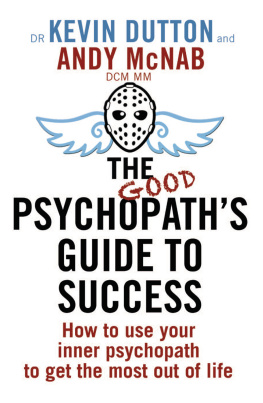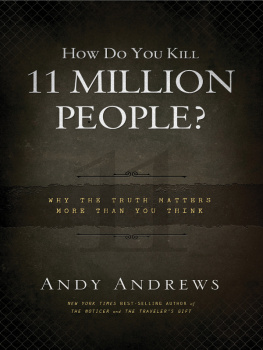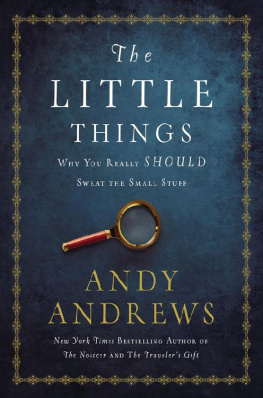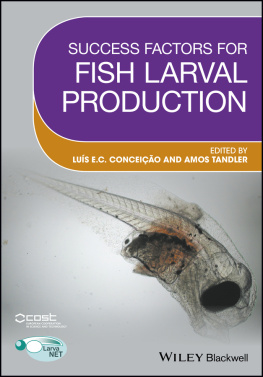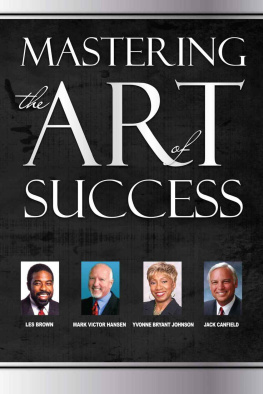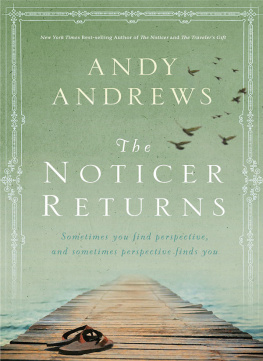Fish Andy - Success in Art: Mastering Perspective
Here you can read online Fish Andy - Success in Art: Mastering Perspective full text of the book (entire story) in english for free. Download pdf and epub, get meaning, cover and reviews about this ebook. year: 2020, publisher: Quarto Publishing Group USA, genre: Home and family. Description of the work, (preface) as well as reviews are available. Best literature library LitArk.com created for fans of good reading and offers a wide selection of genres:
Romance novel
Science fiction
Adventure
Detective
Science
History
Home and family
Prose
Art
Politics
Computer
Non-fiction
Religion
Business
Children
Humor
Choose a favorite category and find really read worthwhile books. Enjoy immersion in the world of imagination, feel the emotions of the characters or learn something new for yourself, make an fascinating discovery.

- Book:Success in Art: Mastering Perspective
- Author:
- Publisher:Quarto Publishing Group USA
- Genre:
- Year:2020
- Rating:3 / 5
- Favourites:Add to favourites
- Your mark:
- 60
- 1
- 2
- 3
- 4
- 5
Success in Art: Mastering Perspective: summary, description and annotation
We offer to read an annotation, description, summary or preface (depends on what the author of the book "Success in Art: Mastering Perspective" wrote himself). If you haven't found the necessary information about the book — write in the comments, we will try to find it.
Success in Art: Mastering Perspective — read online for free the complete book (whole text) full work
Below is the text of the book, divided by pages. System saving the place of the last page read, allows you to conveniently read the book "Success in Art: Mastering Perspective" online for free, without having to search again every time where you left off. Put a bookmark, and you can go to the page where you finished reading at any time.
Font size:
Interval:
Bookmark:
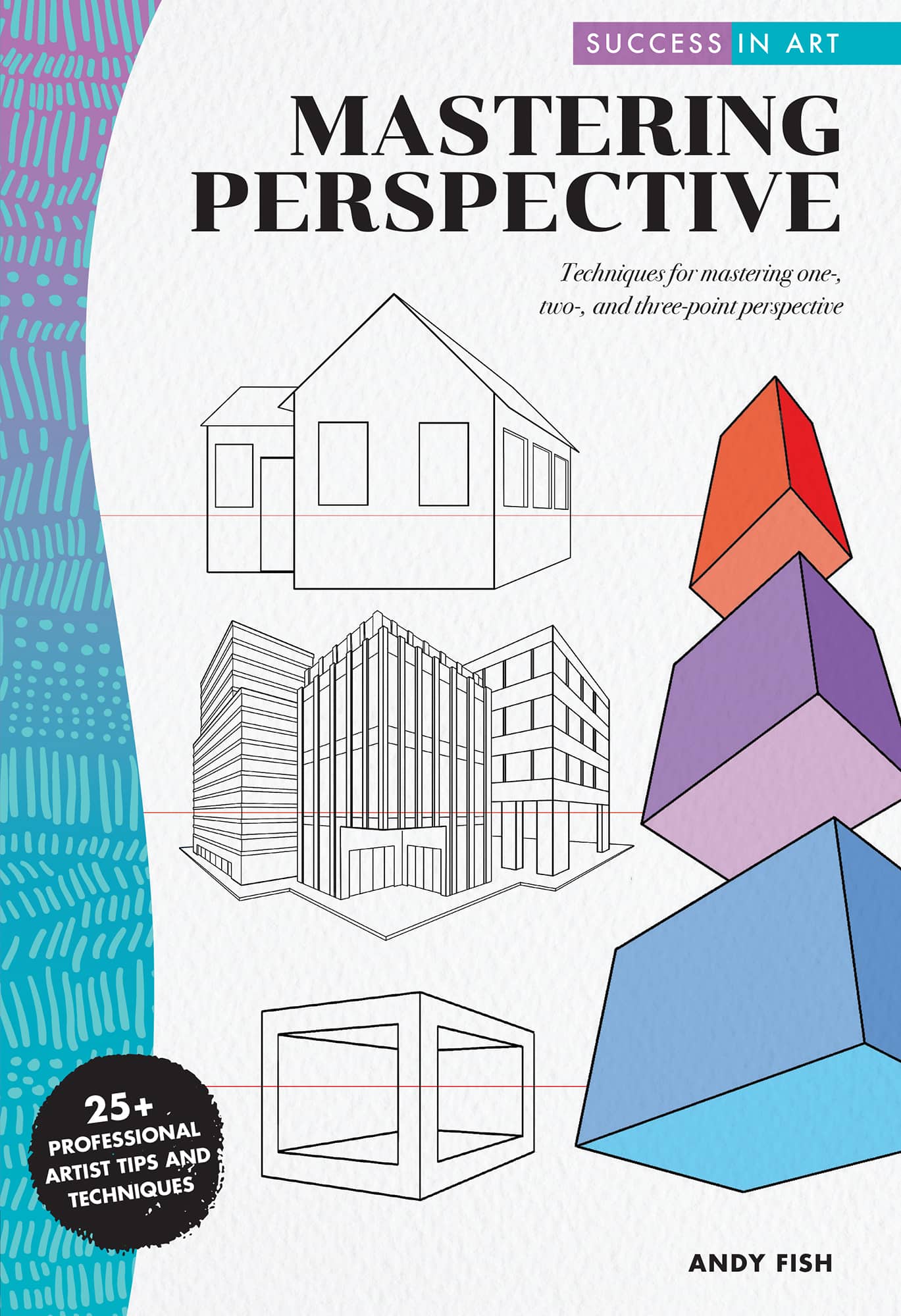
SUCCESS IN ART

ANDY FISH


The world around us exists in three dimensions, and it took several hundred years for artists to figure out how to depict this quality within the two-dimensional world of illustration.
When we look at early artwork from the pre-Renaissance period, we often see the world in rich detail and color but lacking depth. These works, while certainly masterpieces, have little representation of the three-dimensional world. Simply put, these early artists depicted people stiffly in place with little or no relation to the world around them.
One hundred years before Galileo experimented with gravity, and long before Sir Isaac Newton gave that element of nature a name, Italian artist Filippo Brunelleschi (1377-1446) painted what is considered to be the first use of linear perspective, depicting the Florence Baptistery from the front gate of the unfinished cathedral using vanishing points to which all lines converged at eye level on the horizon.

Giotto di Bondone, The Adoration of the Magi, c.1320
Soon after, the concept gained popularity and many Italian artists began to use linear perspective in their paintings. Masaccio (1401-1428), often considered the first great painter of the Renaissance period, was among the first to demonstrate a command and understanding of the new rules of perspective. His buildings and landscapes receded into the distance, giving his figures a sense of place and offering an image that in essence, looked right.

Luigi Pampaloni, Statue of Filippo Brunelleschi, c.1838
Artists today still struggle with the strict rules of perspective, and many simply abandon hope to ever fully understand those rules. Perspective can be intimidating because it involves not just imagination, but also an ability to follow strict rules, proportions, and precise lines. No creative person likes to be stifled by rules, but maintaining a firm grasp on the art of perspective requires you to completely understand those rules before you attempt to bend or break them.

Masaccio (1401-1428)
We all want to get to the good stuff, and we all think we know more than we really do. Resist the temptation to skip ahead; instead, follow each lesson as written. Do them once; do them again. Do them until you are certain that you understand all the principles and rules of each chapter before you move on.
Dont skip the basics because you think you know them. Lets review and make sure you arent missing something essential in the easy lessons, because that will trip you up as you get further into the studies.
Trust me on this onethere has never been a better case of learning how to crawl before you can walk!
One of the key elements to the success of drawing is to ensure that your vanishing points are concise. Because they are called vanishing points, many artists draw them as a small dot (or point). The problem is that when you draw your vanishing point as a dot and then continually work with that same dot, tapping your pencil on that same starting point again and again, the dot will inadvertently grow as you workand that is very bad. If your vanishing point varies by even a millimeter, it can create an abstract line as you extend your perspective lines.
This book will explore a great deal, from simple to complex perspective, in simple step-by-step lessons. Well build up difficulty from one lesson to the next; follow me, and well try our best to have some fun along the way.

You need both the right environment and tools to create accurate perspective in your drawings. Its a precise art form, and spending a few minutes up front to prepare your materials and space will eliminate a lot of frustration.
A good studio space is a great investment. A complex illustration in perspective can take hours or even days to complete, so you want to have a comfortable place where you can leave the work for periods of time without having to pick everything up and put it away. It doesnt have to be an elaborate studio space (although thats a big plus); it can be as simple as a portable drawing board in a corner of a seldom-used room.
It makes sense that you would need a comfortable chair and a solid drawing table or portable drawing board. The tabletop should be angled so that your work doesnt distort. Portable drawing boards allow you to work on a regular desktop. Your drawing area should be at least three times the size of whatever paper youre working on; often, vanishing points must be set well outside the art board.
Charles Dickens once wrote, When happiness shows up, give it a comfortable chair. Youll appreciate this sentiment when youre on hour 36 of your masterpiece. Buy the best one you can afford, and it will pay for itself in comfort.

It can be helpful to have a portable drawing board, as well as a computer or tablet nearby, so that you can switch between traditional and digital drawing, if necessary.
I prefer the white or colored polymer erasers over the gummy erasers or pink erasers. These vinyl erasers are extremely effective, and they create far less mess.

A sharp pencil. That might sound ridiculous, but a fine-point sharp pencil is very important because perspective requires precise lines. Working with a dull pencil will only lead to frustration. Traditional pencils are fine, but expect to do a lot of sharpening. Mechanical pencils are a great option, and there are several brands that automatically rotate the lead while you work to avoid a dull edge.
Use a lead of at least HB weight, or even better, a harder lead like a 2H or a 3H. Harder pencil lead will be less likely to smudge, and for perspective lines, youll want to apply a very light pressure to your line. Keep in mind that harder leads are also more difficult to erase.
A non-photo (or non-repro) blue pencil or pencil lead is a popular choice. This pencil creates a light blue line that is easier to eliminate when printing. Its also nice to build your perspective lines in non-photo blue to make your regular pencil lines more visible.
Font size:
Interval:
Bookmark:
Similar books «Success in Art: Mastering Perspective»
Look at similar books to Success in Art: Mastering Perspective. We have selected literature similar in name and meaning in the hope of providing readers with more options to find new, interesting, not yet read works.
Discussion, reviews of the book Success in Art: Mastering Perspective and just readers' own opinions. Leave your comments, write what you think about the work, its meaning or the main characters. Specify what exactly you liked and what you didn't like, and why you think so.


